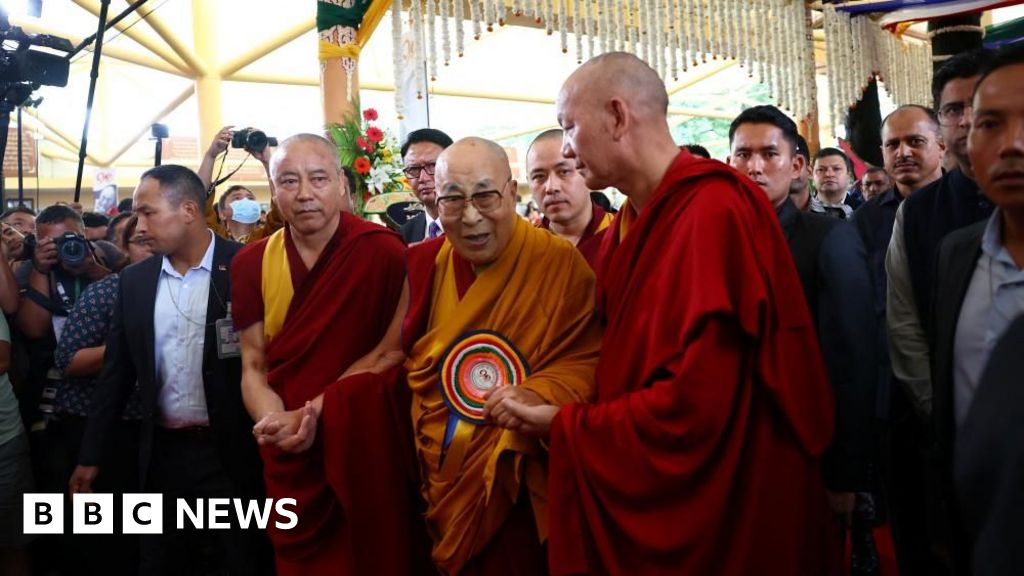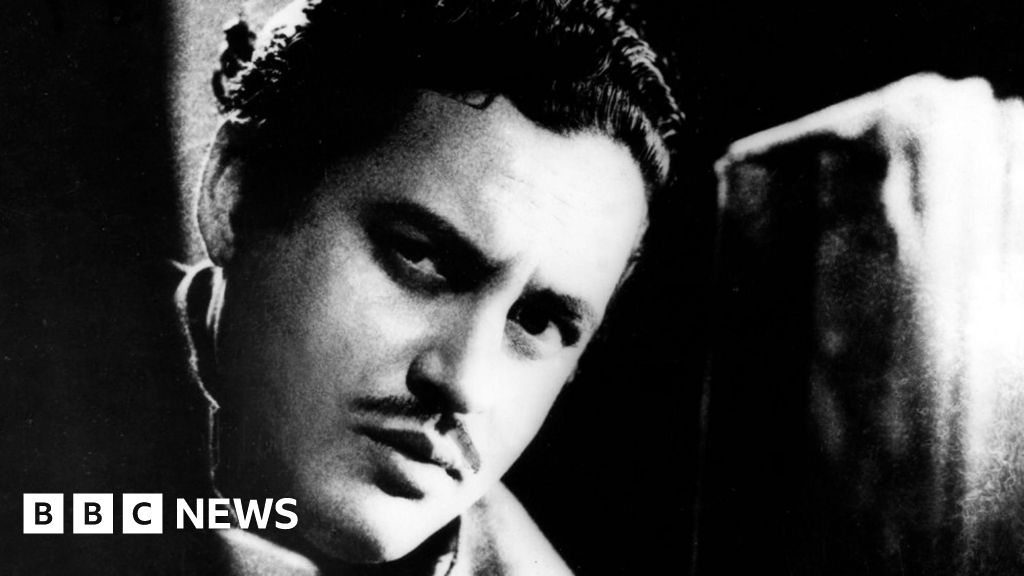A Jilin University team has reported a novel strategy using pressure engineering to identify the organic–inorganic interaction sites in non-hydrogen-bonded hybrid metal perovskites. This approach offers valuable guidance for designing materials with targeted optical properties and provides new insights into the photophysical mechanisms in hybrid perovskites.
“Previous research has primarily focused on the impact of hydrogen bonding interactions in hybrid perovskites on the material’s photophysical properties,” said Guanjun Xiao, a professor of the State Key Laboratory of Superhard Materials at Jilin University, who led the research. “The lack of exploration into interaction mechanisms in non-hydrogen-bonded hybrid perovskites has impeded materials precise design with targeted properties.”
As high-pressure engineering provides a potent means to address the debates under environmental conditions, Xiao and his team sought to investigate the specific sites in non-hydrogen-bonded hybrid perovskite, (DBU)PbBr3, by invoking high pressure. Their research revealed that the spatial arrangement of the nearest Br-N atomic pairs is the major factor on the organic–inorganic interactions.
The study was published in the journal Research.
In this study, the team successfully synthesized microrod (DBU)PbBr3 using the hot injection method and subsequently conducted a systematic investigation of their high-pressure optical and structural properties. The researchers initially discovered that the material’s emission exhibited an enhancement and blue shift under pressure, with a calculated photoluminescence quantum yield of 86.6% under 5.0 GPa. Furthermore, photoluminescence lifetime measurements confirmed that non-radiative recombination was suppressed under pressure.
Researchers also observed an abnormally enhanced Raman mode in the pressure range where emission enhancement occurs. “This suggests a potential connection between the two phenomena,” Xiao said. They further analyzed the origin of the Raman mode and identified it as corresponding to organic–inorganic interactions, possibly related to N-Br interaction.
The team further analyzed the structural evolution under pressure and conducted first principles calculations, confirming the primary factors influencing interaction strength was the spatial arrangement of N and Br atoms, including their distance and dihedral angle. The isostructural phase transition occurring at 5.5 GPa marked a turning point in the evolutionary trend, Xiao noted. The change in the primary compression direction initially increased the organic–inorganic interaction strength, which then decreased, aligning with the evolution of optical properties.
“These findings fill the gap in the mechanism of organic–inorganic interaction in non-hydrogen-bonded hybrid halides, providing worthwhile guidelines for materials design with targeted optical performance,” Xiao said.
More information:
Ming Cong et al, Identifying Organic–Inorganic Interaction Sites Toward Emission Enhancement in Non-Hydrogen-Bonded Hybrid Perovskite via Pressure Engineering, Research (2024). DOI: 10.34133/research.0476
Citation:
Pressure engineering reveals organic–inorganic interaction sites in hybrid perovskites (2025, March 13)
retrieved 13 March 2025
from
This document is subject to copyright. Apart from any fair dealing for the purpose of private study or research, no
part may be reproduced without the written permission. The content is provided for information purposes only.

















